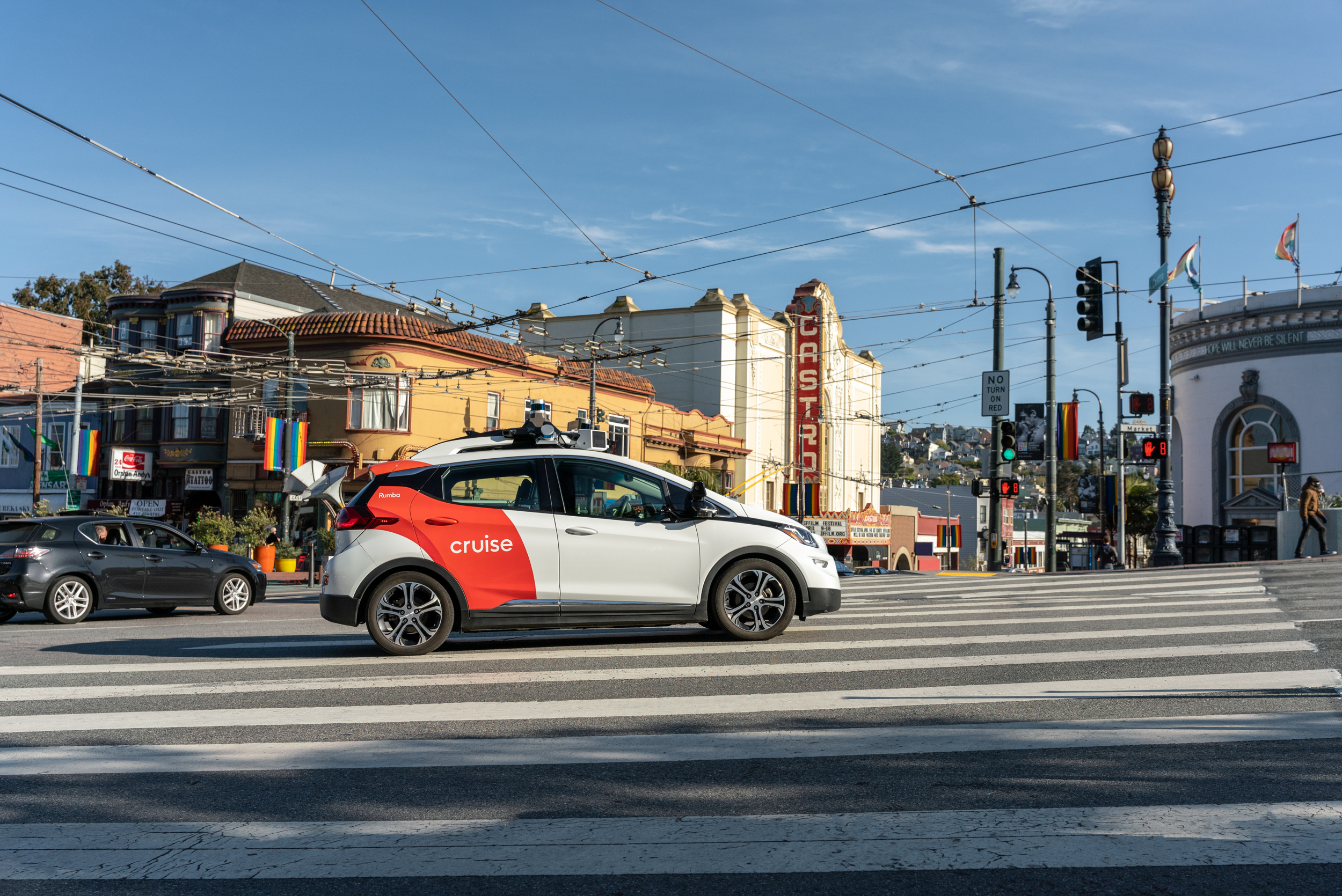The Board of Supervisors unanimously approved a resolution that calls on regulators to address safety and traffic concerns around the growing presence of autonomous vehicles (AVs) on San Francisco streets, and establishes an official city policy of San Francisco on those vehicles.
Supervisor Aaron Peskin, who introduced the resolution, called attention to San Francisco’s status as “ground zero” for innovative technologies ranging from short-term rentals to e-scooters to autonomous vehicles.
“I’ve found in my tenure, in many of these instances, we end up playing catch up and asking for things after the fact,” Peskin said. “I thought this would be a good opportunity to go on the record and support some relatively straightforward, simple and common-sense policies.”
San Francisco is a national center for autonomous vehicle testing: Of the nearly 140 autonomous vehicle collisions reported to the California DMV this year, the overwhelming majority of crashes have taken place in the city.
But a string of viral incidents showing Cruise cars stalling in the middle of the street, among other viral videos, have raised concerns among policymakers that the vehicles aren’t ready for prime time. Cruise started taking fares for driverless rides in San Francisco in June, and Waymo recently won approval to start testing out its own service without a safety driver.
The resolution puts additional heft behind a letter sent by local transportation officials to the National Highway Traffic Safety Administration (NHTSA), which raised concerns about a custom-built autonomous shuttle developed by San Francisco-based Cruise.
The letter said that a major expansion of the company’s presence in the city could “significantly undermine street performance for all San Francisco travelers,” citing travel lane failures that could impact emergency services.
Among other recommendations, the city asked federal regulators to require AV operators to submit regular data on vehicle failures that block roadways and response times by company staff, and to notify relevant city authorities in the event of a cybersecurity incident.
The city also calls on regulators to collaborate on research to analyze pickup and drop-off impacts, expand access to crash and near-crash data, and limit deployment of vehicles in San Francisco unless they meet certain performance standards.
Although he voted in favor of the resolution, Supervisor Ahsha Safaí questioned whether some of the claims made by the letter were “factually correct” and said aggressive actions “send the wrong message from San Francisco.”
“I don’t know if autonomous vehicles are less safe in any way than human-operated vehicles,” Safaí said. “There has not been a general sense of collaboration, but one of antagonistic posturing from the beginning.”
San Francisco officials have taken to lobbying federal and state regulators because city officials have little regulatory oversight of autonomous vehicle expansions.
In California, operators like Cruise and Waymo are regulated by the DMV, which permits them to test their vehicles on public roadways, and the California Public Utilities Commission, which governs service involving passengers and taking fares.
On the federal level, those companies are also regulated by the NHTSA, which has a responsibility to improve traffic safety and has oversight of novel vehicles like the Cruise Origin vehicle currently in development.
There are other regulatory quirks: For example, local officials have determined that the vehicles can’t be cited for moving violations.
The potential impact on first responders led the city to recommend that operators make it easily visible whether the vehicle is on, display error messages so they can be viewed by passengers and give first responders the ability to de-power the vehicles manually.
The resolution notes that while San Francisco has limited oversight over AV deployment, it does have some policy levers to pull, including incentives around fleet charging, curb management and tax incentives.
Supervisor Matt Dorsey raised another issue that he said the board will have to face head-on in the years ahead: displacement of human workers by self-driving technology.
“I’m convinced that this is something we’re going to be talking a lot about over the next decade, and I think it’s going to happen fast,” Dorsey said. “Unlike seismic shifts in transportation in years past, driverless cars will displace a massive segment of our economy.”
